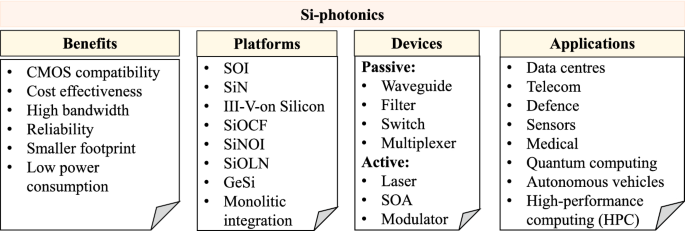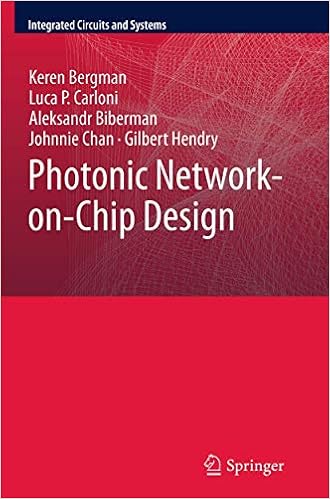

Just like in EDA, photonic foundries define a number of building blocks in software tools ranging from physical and circuit simulators to mask layout. Within the context of several European programs, such as Paradigm, Helios and Memphis, a large number of European companies and institutions have worked together to set up a Photonics Design Automation (PDA) tool-set with this capability. The integrated Product Creation Process (iPCP) forms the basis for Photonics Design Automation. Advanced simulation tools can be directly linked to this EDA environment and greatly assist the designer in his work.įigure 2. Software supports each step in the design process, from physical analysis to layout and design rule checks before the final design is sent to the foundry. These building blocks and their combination are guaranteed to work as expected if the given design rules are respected. A foundry offers an extensive set of building blocks (BBs), which a designer can use to create a complex device. In the electronics industry, the use of “Electronics Design Automation” (EDA) is widespread. This, in turn, can lead to large cost savings through increased yields, by reducing the number of wafer iterations and by participating in Multi Project Wafer (MPW) runs. By using design automation tools, photonic chip designs can become first-time-right. One approach is to borrow these tools from the integrated electronics industry that has successfully used foundries for a long time. However the maturing field of integrated photonics needs better tools to streamline the design, packaging and fabrication of photonic chips. At the same time, many photonics players have recognized that it is unaffordable to run their own fab and thus rely on foundries to manufacture these photonic integrated circuits.

Chip photo is courtesy of TU/e COBRA and shows a high-speed PIC for use in FTTH applications. And there are exciting applications in fiber sensing and bioscience that are now benefiting from optical chips as well.įigure 1. The growing FTTH (fiber to the home) market is driving demand for integrated photonic splitters as well as monolithically integrated BiDi transceivers. And the cost and size reduction in 10Gbps transceivers has driven several companies to successfully leverage photonic chips.

For example, fiber optics networks are rapidly embracing 40Gbps and 100Gbps data rates, where the transmitters and receivers often include photonic integrated circuits. Fuelled by an increasing demand for bandwidth combined with a continued drive towards cost and size reduction, larger scale photonics integrated circuits are now clearly breaking through.


 0 kommentar(er)
0 kommentar(er)
